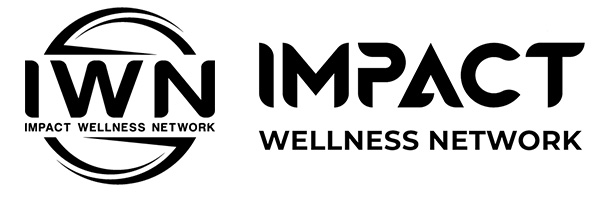Individuals transitioning from addiction treatment often seek supportive living environments to maintain their newfound stability. Sober living homes and halfway houses are two options that offer structured living arrangements and peer support.
We’ll dive into the differences between sober living homes and halfway houses in Kentucky, helping individuals make informed decisions about their post-treatment living arrangements. We will also explore how Impact Wellness Network can provide valuable support and resources for those seeking recovery assistance.
Understanding Sober Living Homes
Sober living homes, also known as sober houses or recovery residences, are group living environments designed to support individuals in early recovery from substance abuse. Key features of sober living homes include:
Peer Support
Sober living homes foster a supportive community of individuals committed to sobriety, providing residents with peer support and encouragement.
Accountability
Residents are typically required to adhere to house rules and guidelines, including abstaining from drug and alcohol use, attending support meetings, and contributing to household responsibilities.
Structure
Sober living homes offer structure and routine, with curfews, house meetings, and regular drug testing to promote accountability and stability.
Independence
Residents of sober living homes have greater independence and autonomy compared to inpatient treatment settings, allowing them to gradually transition back into society while receiving ongoing support
Understanding Halfway Houses
Halfway houses, also known as transitional living facilities or sober houses, serve as temporary residences for individuals re-entering society after completing substance abuse treatment or leaving incarceration. Key features of halfway houses include:
Reintegration
Halfway houses provide a supportive environment for individuals transitioning from structured treatment settings back into the community, offering a gradual reintegration process.
Supervision
While residents of halfway houses have more freedom than in inpatient settings, they are still subject to supervision and monitoring to ensure compliance with house rules and sobriety requirements.
Services
Halfway houses may offer additional services such as job placement assistance, life skills training, and counseling to support residents in achieving self-sufficiency and stability.
Accountability
Residents are expected to adhere to house rules, participate in house meetings, and maintain sobriety while residing in a halfway house.
Key Differences Between Sober Living Homes and Halfway Houses
While sober living homes and halfway houses share similarities in providing supportive living environments for individuals in recovery, there are key differences between the two:
Focus
Sober living homes primarily focus on supporting individuals in maintaining sobriety and developing independent living skills, while halfway houses emphasize reintegration into society and achieving self-sufficiency.
Structure
Sober living homes offer a more structured and peer-supported environment, whereas halfway houses provide a balance between supervision and autonomy.
Length of Stay
Residents of sober living homes may stay for an extended period, while halfway house stays are typically shorter-term with a focus on transitioning to permanent housing.
Contact Impact Wellness Network
Choosing the right living arrangement after addiction treatment is an important decision that can significantly impact one’s recovery journey. Whether opting for a sober living home or a halfway house in Kentucky, individuals can benefit from the supportive environment and peer encouragement offered by these transitional living options.
Impact Wellness Network understands the challenges individuals face during the recovery process and offers comprehensive support and resources to aid in the journey toward sobriety. If you or someone you know is seeking assistance with addiction recovery in Kentucky, contact Impact Wellness Network today for guidance and support. Together, we can pave the path towards a brighter, substance-free future.

